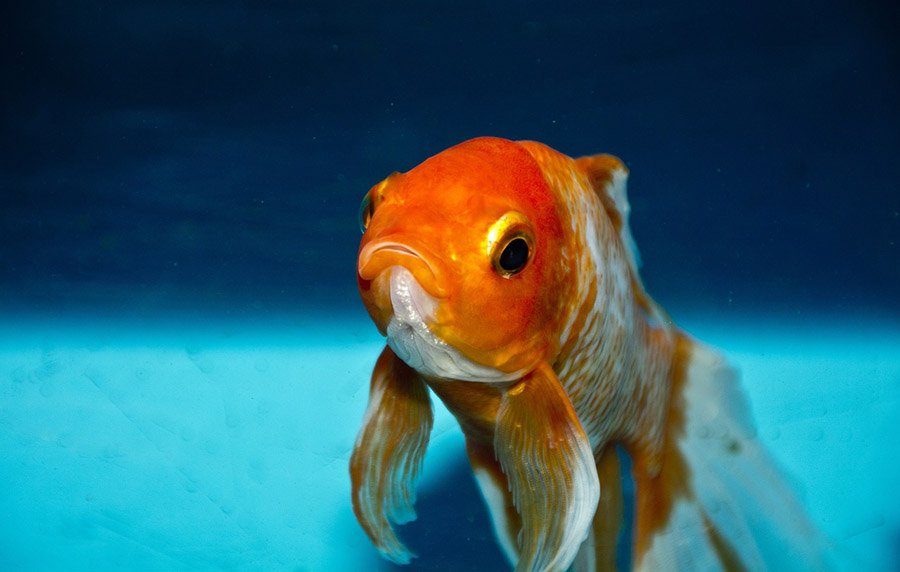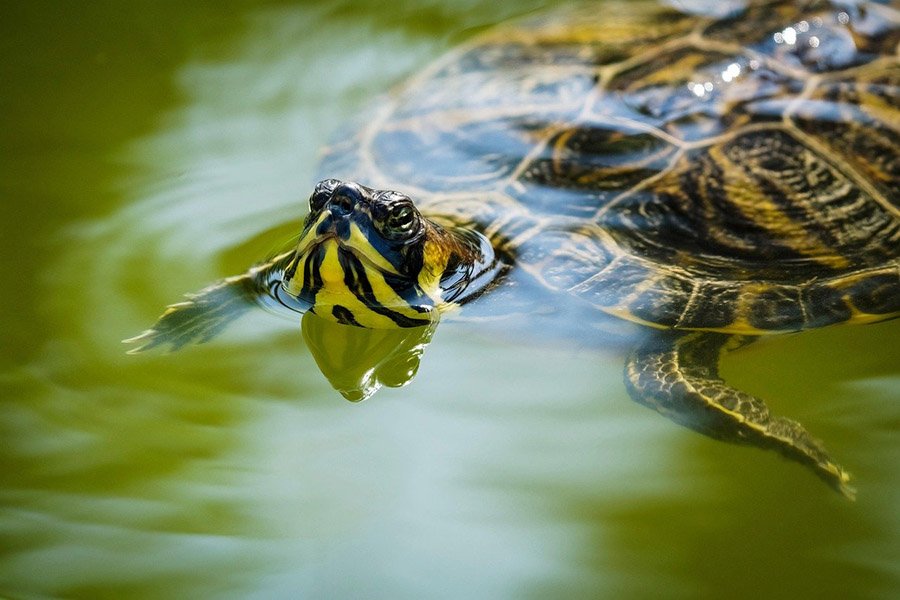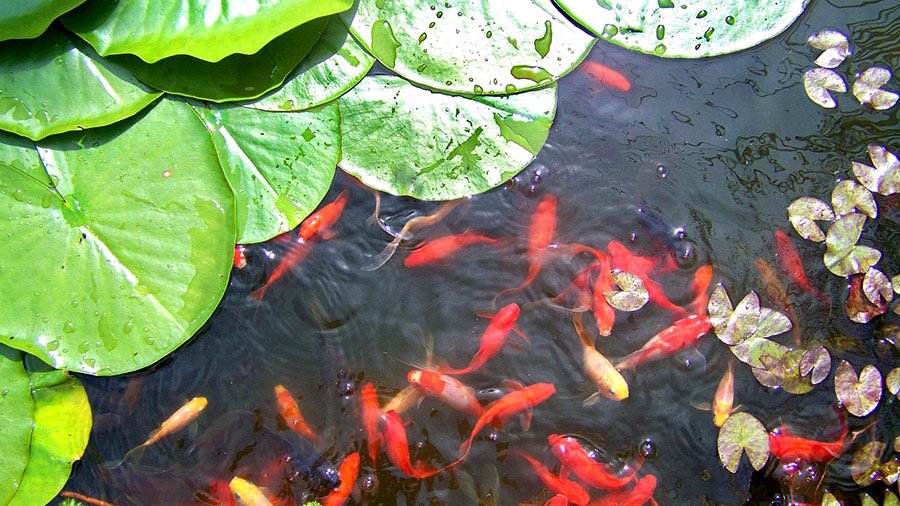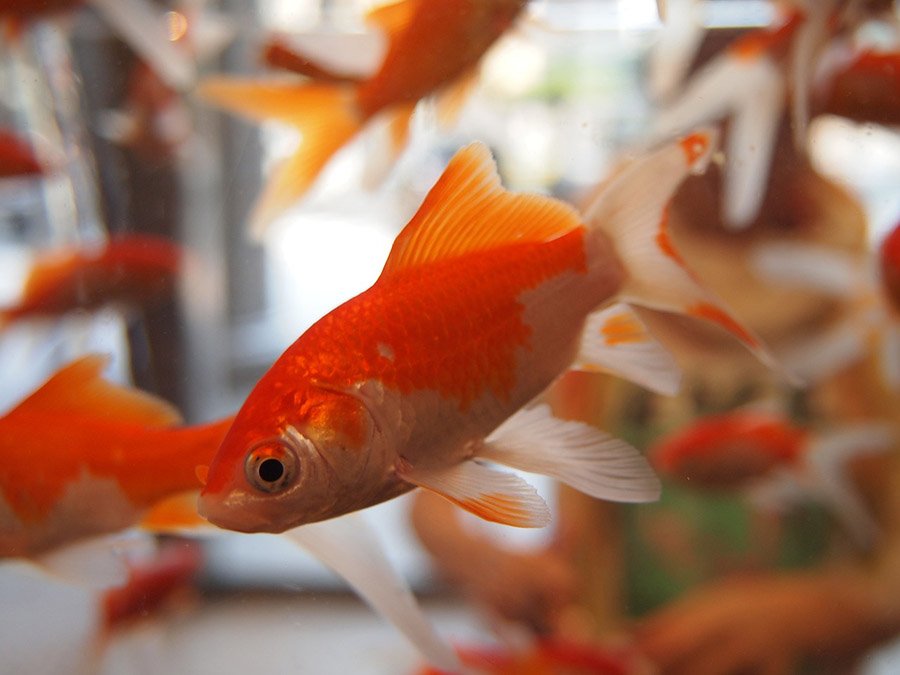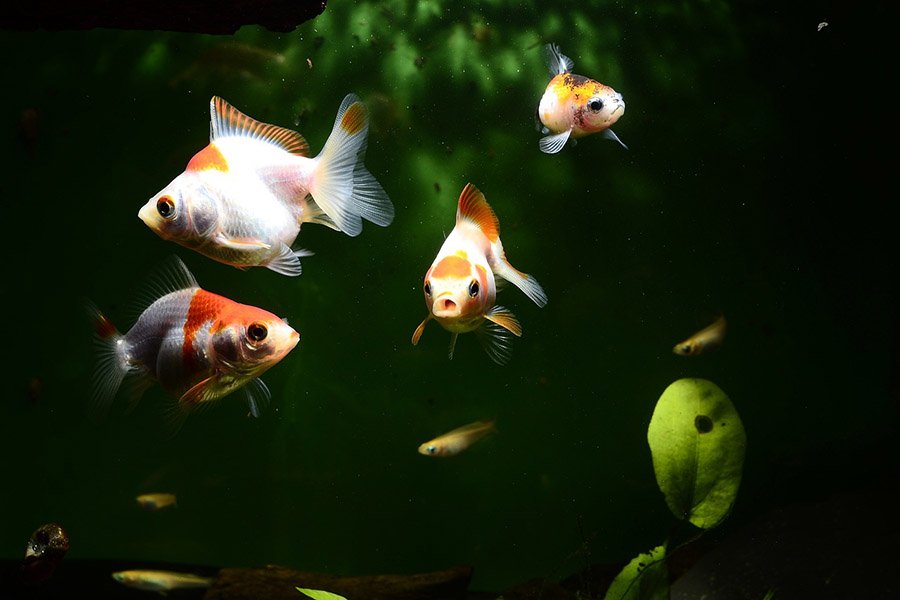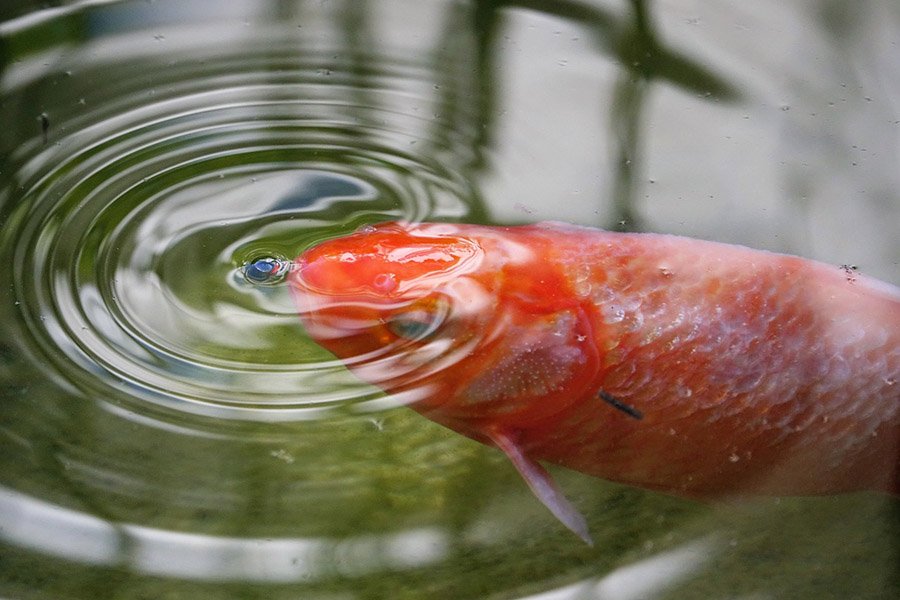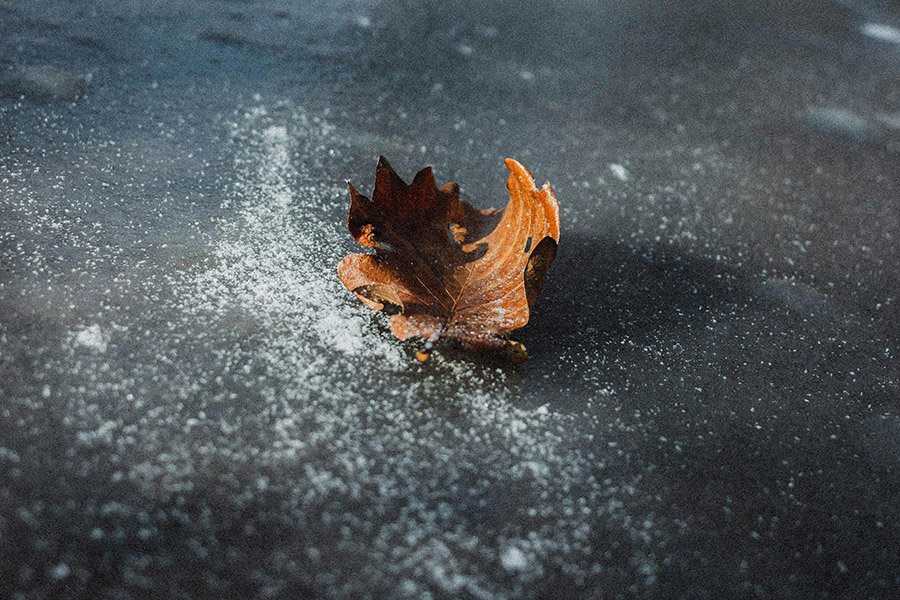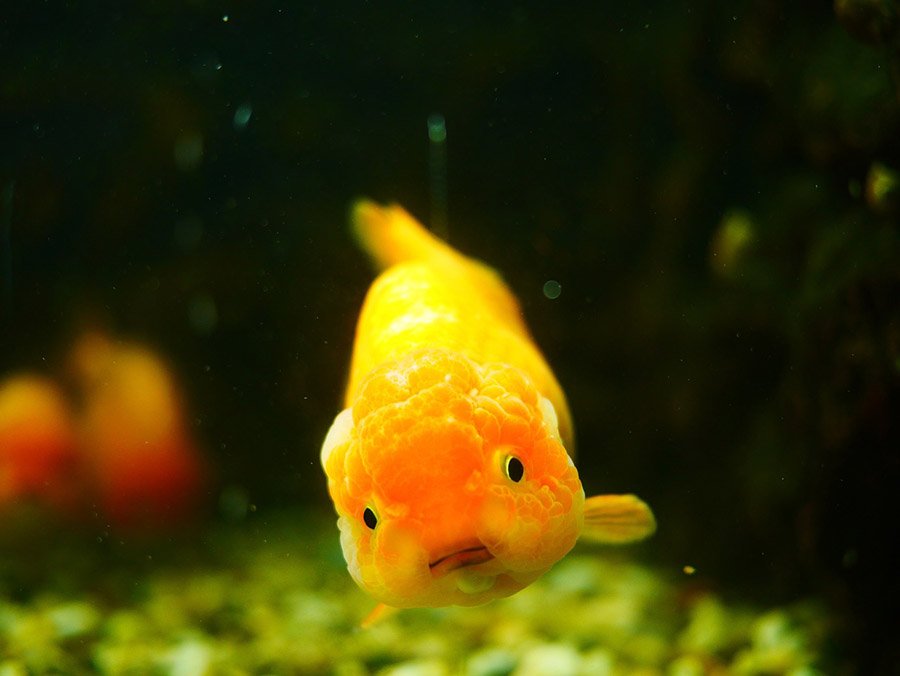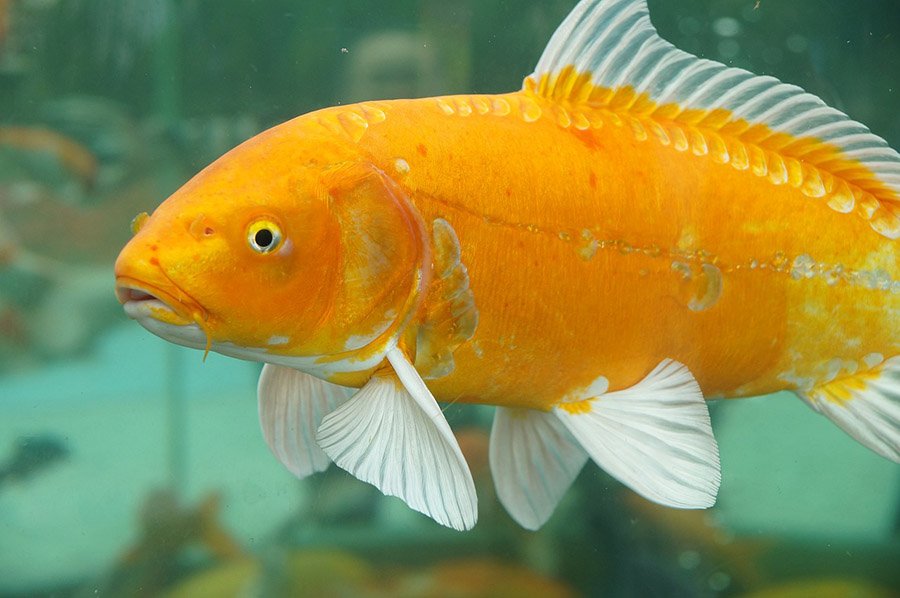Feeding your goldfish properly is crucial for maintaining their health and vibrancy. However, there may be times when you run out of their specialized food and can’t immediately get more. In such food emergencies, it’s essential to know what alternative foods can safely sustain your goldfish. This article explores various emergency food options, ensuring your goldfish remain healthy until you can replenish their normal diet.
Introduction: Feeding Your Goldfish in an Emergency
Goldfish are hardy creatures, but their dietary needs are specific. In an emergency, it’s important to act quickly and wisely to ensure they receive adequate nutrition. While goldfish can tolerate some variation in their diet, it’s crucial to avoid any food that may cause harm or nutritional imbalance.
Knowing what household foods are safe and nutritious for goldfish can make a significant difference during emergencies. With a bit of knowledge and preparation, you can provide for your aquatic pets without compromising their health. Let’s delve into the various options you can rely on when you’re in a pinch.
Feeding goldfish in a food emergency involves creativity and caution. The goal is to substitute their regular diet with alternatives that are readily available and nutritionally adequate. Throughout this guide, we will explore suitable emergency food options, preparation methods, and the importance of monitoring your goldfish’s health during this period.
Assessing Your Home: Common Safe Goldfish Food
Before reaching for the nearest food item, it’s important to assess what you already have in your home that may be suitable for your goldfish. Many ordinary foods can act as temporary substitutes to keep your goldfish healthy until their regular food is available again.
Look through your pantry for leafy greens, vegetables, and proteins that are safe for goldfish consumption. Items like spinach, lettuce, and peas are commonly found in households and can be quickly prepared to feed your fish. These foods are rich in the necessary nutrients and easy to digest for your goldfish.
It’s essential to avoid processed foods or those with high-fat content. Stick to simple, natural ingredients that are safe for your fish. By thoroughly assessing what’s available in your home, you can create a temporary feeding plan that maintains the well-being of your aquatic pets.

Leafy Greens: Nutritious Alternatives for Goldfish
Leafy greens are an excellent food option for goldfish in an emergency. Vegetables like spinach, kale, and lettuce are rich in vitamins and minerals that support your goldfish’s health. These greens can be easily found in most kitchens and are simple to prepare for feeding.
To prepare leafy greens, wash them thoroughly to remove any pesticides or contaminants. Then, blanch the greens by dipping them in boiling water for a few seconds, followed by a quick rinse in cold water. This process softens the leaves, making them more digestible for your goldfish.
Once prepared, chop the leafy greens into small, manageable pieces that your goldfish can easily eat. Leafy greens should be fed in moderation, as too much can cause digestive issues. However, they are a valuable source of nutrients and can effectively sustain your goldfish during a food emergency.
Boiled Vegetables: A Temporary Feeding Solution
Boiled vegetables are another viable food option for goldfish in an emergency. Vegetables like peas, carrots, and zucchini can be prepared quickly and provide essential nutrients. Boiled vegetables are easy for goldfish to digest, making them an ideal temporary feeding solution.
Start by washing the vegetables thoroughly and cutting them into small pieces. Boil them until they are soft but not mushy. For peas, remove the outer skin before feeding them to your goldfish, as the skin can be difficult for them to digest.
Once boiled, allow the vegetables to cool before offering them to your goldfish. Feed the vegetables in small amounts to prevent overfeeding and ensure your goldfish can consume them comfortably. Boiled vegetables should only be used as a short-term solution, but they can effectively keep your goldfish nourished during an emergency.
Protein Sources: Eggs, Chicken, and More
Goldfish require protein as part of their diet, and in an emergency, certain household protein sources can be used. Hard-boiled eggs, for example, can be a quick and nutritious option. Simply boil an egg, remove the shell, and chop the egg into tiny pieces suitable for your goldfish.
Cooked chicken can also be used, but it’s important to avoid seasoning or cooking it in oils and fats. Boil the chicken plain and shred it into small, bite-sized pieces. Offer only small amounts to avoid overloading your goldfish with protein.
Other protein sources include cooked shrimp or fish, again prepared plainly without any additives. These protein sources should be used sparingly and as part of a balanced diet including vegetables and leafy greens. Proper preparation and portion control are crucial to ensure your goldfish’s health.

Fruits: Safe Options for Goldfish Consumption
Certain fruits can also be safe for goldfish consumption in moderation. Fruits like oranges, apples, and grapes can provide vitamins and natural sugars beneficial for your goldfish. However, it’s essential to be cautious and avoid fruits with high acidity or sugar content.
When feeding fruit, peel the skin and remove any seeds. Chop the fruit into small, manageable pieces to ensure your goldfish can eat them easily. For example, small segments of oranges or tiny apple chunks can be a delightful treat for your goldfish.
Fruits should be fed sparingly, as too much can disrupt their digestive system. They should complement a diet primarily based on leafy greens and vegetables. Using fruits as an occasional supplement can provide variety and additional nutrients during a food emergency.
Avoid These Foods: Harmful Items to Steer Clear Of
While some common household foods are safe for goldfish, others can be harmful and should be avoided. Foods high in fats, sugars, or spices can cause health issues for your goldfish. Processed foods, such as chips, bread, and cereals, are also unsuitable due to their artificial additives.
Avoid feeding goldfish raw meat, dairy products, or anything with strong flavors and seasonings. These foods can cause digestive problems and negatively impact their health. Additionally, foods like beans, potatoes, and onions are toxic to goldfish and should never be fed to them.
Knowing what foods to avoid is just as important as knowing what’s safe. Always err on the side of caution and stick to natural, simple foods that mimic the nutrients found in their regular diet. This precaution will help ensure your goldfish remain healthy during a food emergency.
Preparing Emergency Goldfish Food: Step-by-Step
Preparing emergency food for your goldfish involves a few simple steps. First, identify the safe food options available in your home, such as leafy greens, boiled vegetables, and protein sources. Ensure all items are fresh and free from contaminants.
Next, wash and prepare the foods appropriately. For leafy greens, blanch them briefly in boiling water, then chop into small pieces. Boil vegetables until they are soft, and cool them before feeding. Prepare proteins by boiling them plain and shredding them into manageable pieces.
Lastly, feed your goldfish small portions to avoid overfeeding and monitor their response to the new foods. Gradually introduce different food items and observe any changes in their behavior or health. This step-by-step approach will help ensure your goldfish receive the nutrition they need during an emergency.

Monitoring Your Goldfish: Signs of Proper Nutrition
Monitoring your goldfish during a food emergency is crucial to ensure they are receiving proper nutrition. Look for signs of healthy behavior, such as active swimming, clear eyes, and vibrant colors. These indicators suggest that your goldfish are adapting well to the temporary diet.
Pay attention to their feeding habits. Healthy goldfish will eagerly accept food and consume it without hesitation. If your goldfish show signs of lethargy, loss of appetite, or abnormal waste, it may indicate nutritional deficiencies or digestive issues.
Regularly check the water quality and maintain a clean environment to support your goldfish’s health. Proper nutrition and a healthy habitat go hand in hand. By closely monitoring your goldfish, you can make necessary adjustments to their diet and ensure they remain healthy during the emergency period.
Long-Term Solutions: Stocking Up for Future Needs
After navigating a food emergency, it’s wise to prepare for future situations by stocking up on essential goldfish food. Keep a supply of high-quality goldfish pellets or flakes on hand, along with freeze-dried or frozen food options for variety.
Consider storing emergency food options such as leafy greens, vegetables, and protein sources in your freezer. This preparation ensures you have a backup plan in case of unexpected shortages. Additionally, investing in a small aquarium garden to grow fresh greens can provide a steady supply of nutritious food.
Developing a long-term feeding strategy includes regular monitoring of your goldfish’s health and adjusting their diet as needed. By being proactive and prepared, you can effectively manage any future food emergencies and ensure the continued well-being of your goldfish.
Feeding your goldfish during a food emergency requires knowledge, creativity, and vigilance. By understanding which household foods are safe, how to prepare them, and the importance of monitoring your goldfish’s health, you can confidently navigate these challenging situations.
Remember, the goal is to provide balanced nutrition that mimics their regular diet as closely as possible. With proper preparation and attention, you can ensure your goldfish remain healthy and vibrant, ready to thrive once their usual food is available again.

